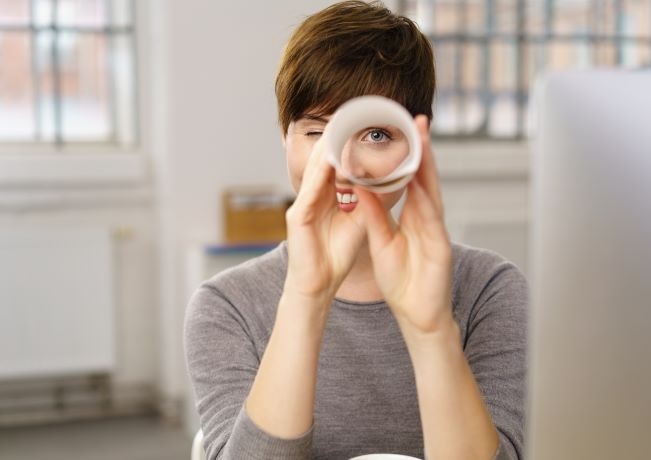One of the goals of IT leadership has always been to eliminate what tends to be called “human latency.” That’s the effort that people expend doing things that could, with current technology, just as easily be automated. The idea is that automating the tools we use for communications and collaboration makes us more efficient, and it also makes us happier in our work because we’re not bogged down performing rote tasks. The struggle against human latency in communications is as old as the mechanical telephone switches that replaced switchboard operators in the last century, and as new as the AI-enabled contact center systems that are increasingly used to maximize customer service agents’ time.
So automation is efficiency, and efficiency improves the employee experience. But automation isn’t the only way to make people more efficient. Giving them a workspace where they’re not overwhelmed by background noises and distractions is another good way to do this (see this week’s WorkSpace Connect post, “
Mindful Places: Taking Down Technostress,” by Kay Sargent, senior principal and director of the WorkPlace practice at HOK, a global building and space design firm). Giving them tools and processes to work remotely is another.
Sargent broached the topic of efficiency and productivity vs. creativity and happiness last year at a user conference put on by iOffice, one of the vendors that’s coming up with innovative solutions in the workspace market. Following the conference, my colleague Beth Schultz
wrote about Sargent’s presentation on our tech community website, No Jitter.
Sargent gave her audience a list of eight things they should be focusing on, along with another list of forward-looking concepts that they need to be aware of in the future. Sargent’s point that struck me the most related to the notion of measuring productivity. Not in a mood to mince words, she said that in five to 10 years, “nobody is going to give a damn” about measuring productivity.
“Incremental productivity isn’t the name of the game. Being able to create and innovate is what we’re going to be measured on,” she told the audience.
People in IT have always struggled with the idea of measuring incremental productivity gains. Contact centers are one of the few places you can do this; any contact center manager can tell you off the top of their head how much money they save for every minute of time they can shave off a call. And an IT leader can usually quantify travel savings from a videoconferencing installation. But those are the only real examples you tend to see. For your average knowledge worker, the savings have been “soft” — real, but not exactly quantifiable.
So it’s something of a relief to hear that Sargent told her audience that such “soft” productivity isn’t even the point any more (if it ever was).
To some extent, time-saving or concentration-enhancing improvements, whether they’re made by IT, HR, or facilities/real estate groups, are their own reward. Think of it this way: People started bringing their own technology to the office because they liked it better than what was on offer at work; they liked it better because it served their needs better; and it served their needs better because it was more efficient, a fact that they learned from using the new technology in their daily lives.
Similarly for the kinds of evolutions that are happening with the workspace. For example, Starbucks taught people that you can get work done in a setting where there’s ambient music, shared space, and food. You can’t do every kind of work in that sort of relaxed environment, but some work suits itself very well to it.
None of these technology or space improvements make people more creative. They do let people be more creative though, and the rest is up to the individuals. So the role of the enterprise teams that support these workers—whether those teams are in HR, facilities/real estate, or IT/AV — is to give people the wherewithal to clear out the clutter and reduce the human latency that gets in the way of accomplishing the work that really needs to be done.
Get more great insight from workplace strategists at our WorkSpace Connect Summit, taking place alongside Enterprise Connect 2020, the week of March 30 in Orlando, Fla., and share your thoughts below!




